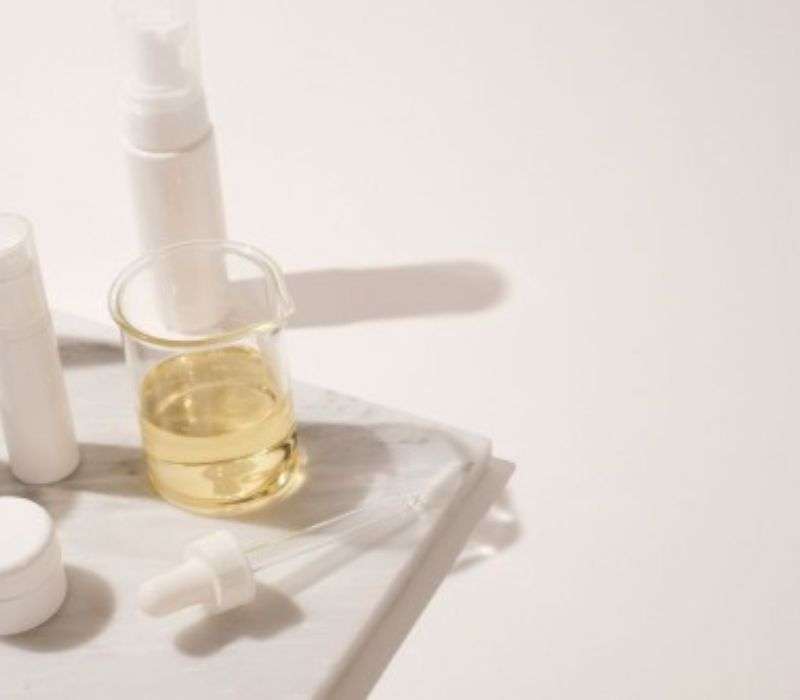

Oct 23,2025
In the realm of packaging, two methods have gained significant prominence: tube packaging and cardboard boxes. These approaches serve a common purpose: safeguarding the products housed within.
When it comes to selecting the appropriate packaging material, there is no confusion regarding which option to choose. Both small and large-scale industries prefer cardboard boxes, while tubes are favored in sectors dealing with liquids and semi-liquids due to their excellent protective capabilities.
Tube packaging emerges as a preferred solution for packaging creams, ointments, gels, and various other liquid and semi-liquid products.
It provides a layer of protection that prevents the contents from breaking, ensuring the product's integrity. When exploring tube packaging options, a variety of choices are available, including plastic and aluminum tubes.
However, plastic tubes possess distinct advantages over their aluminum counterparts. Custom plastic tube packaging, for instance, can accommodate larger quantities, making it ideal for various applications.
Also, eco-friendly cardboard tubes are suggested as they align with sustainability goals. Various tube closures are available, catering to different sizes and shapes, making them versatile containers suitable for extended usage.
Tube packaging is widely used in various industries and for a wide range of products. Some typical applications include:
Packaging toothpaste
Packaging facewash
Packaging creams
Packaging ointments
Packaging gels
Housing household products
Showcasing cosmetics
Accommodating toiletries
Presenting gifts
Storing pharmaceuticals
Containing food products
Securing semi-liquids and liquids
Packaging solid products
The versatility of tube packaging not only stems from its wide range of applications but also from its inherent features:
Availability in various wall thicknesses (thin-walled, medium-walled, heavy-walled)
Sealed bottom for added protection
Suitable for mailing and portability
It can be hung for display purposes.
Cardboard boxes play a pivotal role in packaging, contributing to the overall presentation of a product. These boxes not only protect the contents within but also enhance the visual appeal, effectively enticing customers.
The attractiveness of cardboard boxes is attributed to their ability to preserve the integrity of the products they house. Excellent packaging ensures that the product's quality remains uncompromised, appealing to consumers.
Cardboard, as a material, encompasses various options, including cardstock, paperboard, and corrugated fiberboard. Consequently, cardboard boxes can be classified into three main types: rigid boxes, folding cartons, and corrugated boxes.
Rigid boxes are sturdy and resistant to collapse or folding. Designed to accommodate sensitive products like electronics and cell phones, they provide optimal protection.
They are also suitable for packaging cereals, medicines, soaps, perfumes, and more, ensuring the safety of their contents. Additionally, rigid boxes offer branding opportunities as they can be printed with brand logos and labels. They eliminate the need for additional information about the product's contents, including ingredients, instructions, and nutritional value.
Folding cartons are versatile and commonly employed for a wide range of products. They are easily foldable and provide a cost-effective packaging solution. Their flexibility allows for efficient storage and transportation, making them popular among various industries. From consumer goods to food products, folding cartons offer practicality and convenience.
Corrugated boxes are known for their durability and strength. Comprising multiple layers of corrugated cardboard, they provide exceptional protection during shipping and handling.
These boxes can withstand rough conditions, ensuring that the products remain intact. They are extensively used for bulk packaging, making them ideal for businesses dealing with larger quantities of goods.
Tube packaging and cardboard boxes have revolutionized the packaging industry. Their versatile nature, coupled with their ability to protect products and enhance brand appeal, makes them invaluable assets for various industries. From housing liquids and semi-liquids to storing solid products, these packaging solutions cater to a wide range of needs.
The unique features and advantages offered by tube packaging and cardboard boxes ensure that products remain intact, captivating consumers with their aesthetic appeal. As the packaging industry continues to evolve, these reliable solutions will undoubtedly play an integral role in meeting the ever-changing demands of businesses and consumers alike.
Q1: Why is tube packaging preferred for liquid and semi-liquid products?
A1: Tube packaging provides excellent protection against breakage, ensuring the integrity of liquid and semi-liquid contents. It is specifically designed to accommodate such products, making it the preferred choice for industries dealing with them.
Q2: Can tube packaging be used for solid products?
A2: Yes, tube packaging is versatile and can be used for solid products as well. It provides an extra layer of protection, preventing damage to the contents.
Q3: How long can products be stored in tube packaging?
A3: Tube packaging is suitable for extended storage periods. Its protective properties help preserve the quality and freshness of the products housed within.
Q4: Are cardboard boxes recyclable?
A4: Yes, cardboard boxes, particularly those made from eco-friendly materials, can be recycled. They align with sustainability goals and contribute to reducing waste.